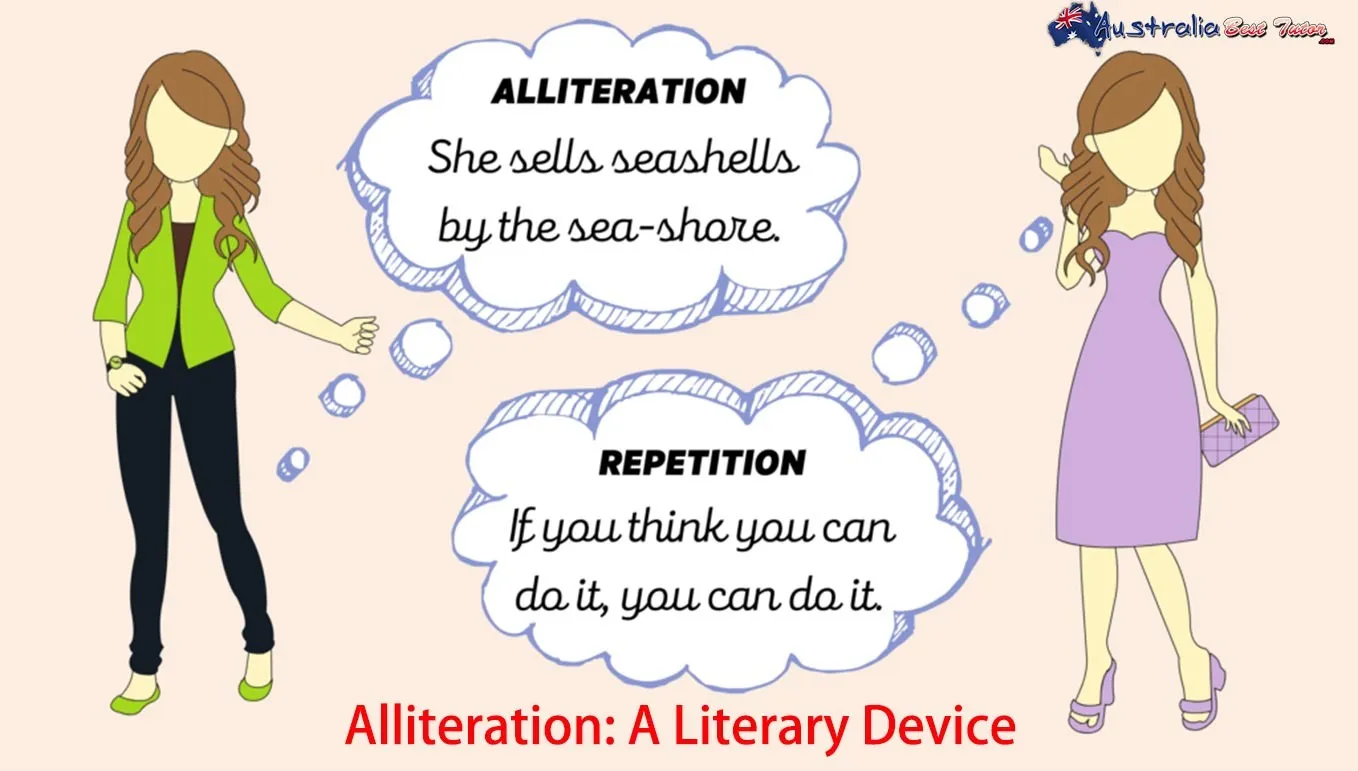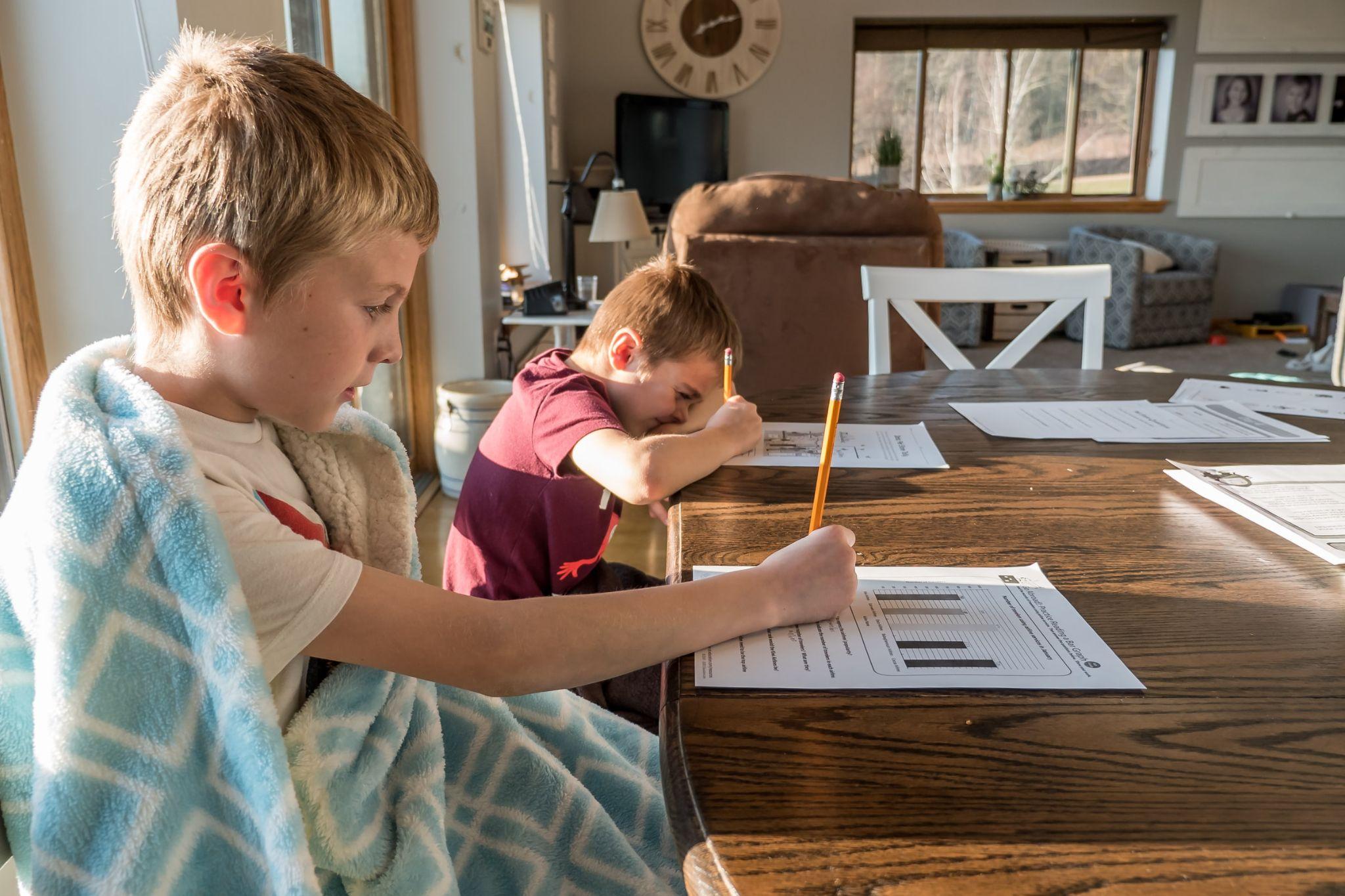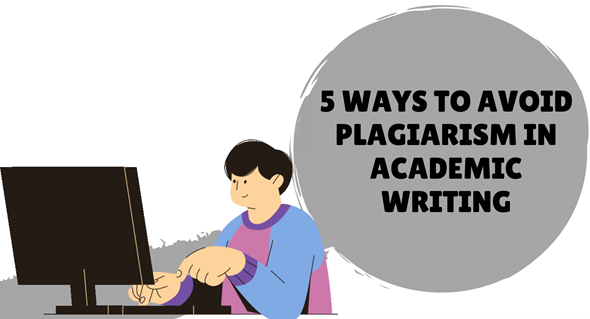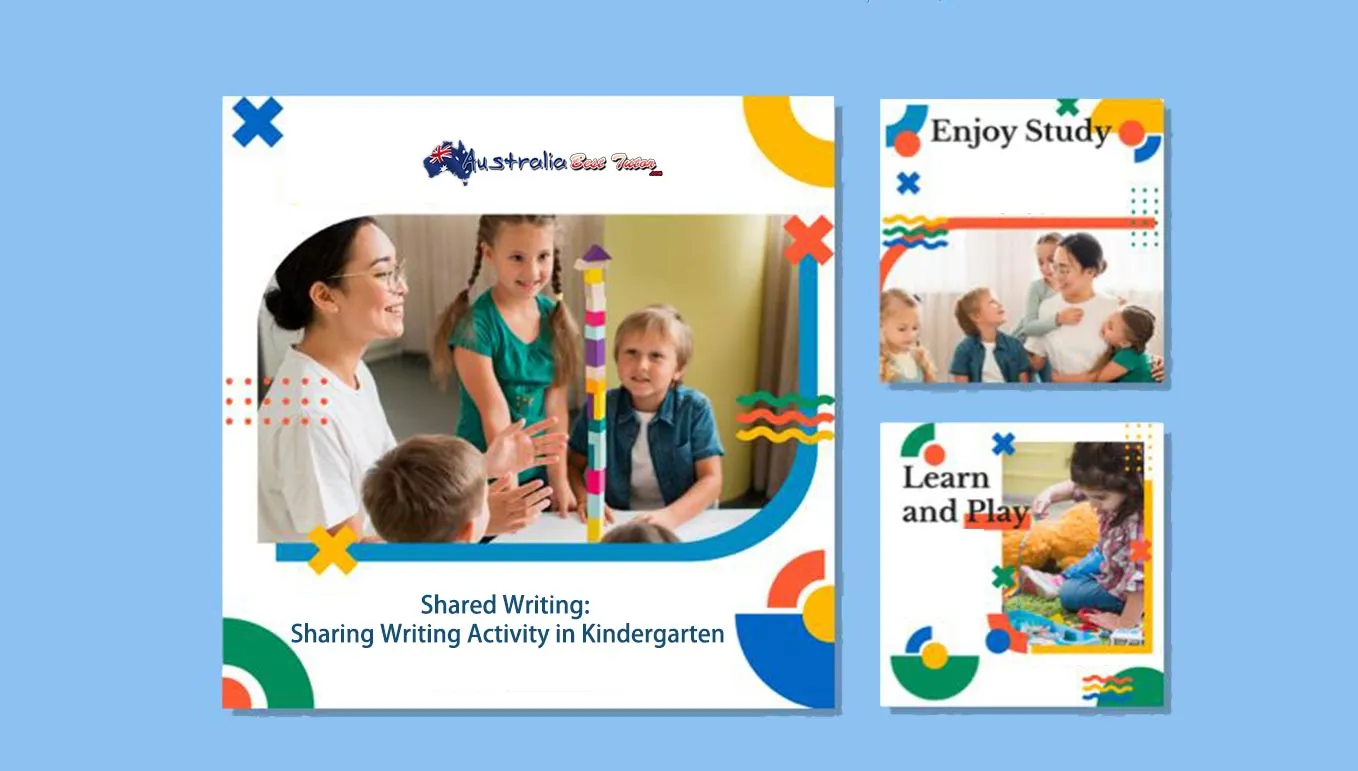Alliteration: A Literary Device
In the English language, the term alliteration gets used to describe a line of words that starts with the same consonant sound. A perfect alliteration example is:
“She sells seashells by the sea-shore”Though alliteration essentially looks like a typical tongue twister, it has much more to it. It often gets used when the writer or speaker is trying to aim for the attention of the audience while he is saying something important. The bunch of words does not exactly get used to creating an emotional atmosphere, but it is enough to bring the audience’s attention in one particular direction. Alliteration is a funny literary device and one can spot it by saying the sentence out loud and identifying the words that begin with the same sounding consonants.

Alliterate is the method of forming an alliteration. Alliterate got first used in 1793. If one wants to alliterate, one has to adopt a thorough process in which one would be able to come up with alliteration at the end. First, one should think about the particular topic in which one wants to emphasize. In the next step, one has to come up with words that relate to that topic and choose words that start with the same sounding consonant. In the end, one has to put the words in a line and place them carefully in there. An example of alliterating is:
“Peter Piper picked a peck of pickled peppers.”If Peter Piper picked a peck of pickled peppers, Where's the peck of pickled peppers Peter Piper picked? A good cook could cook as many cookies as a good cook who could cook cookies. Black bug bit a big black bear.
Alliteration has certain functions that serve various things. In literature, the use of alliteration often signifies expressing thought on repeat or creating a certain kind of symphony. It often simply gets used to elevate the language for the one who is speaking or the one who is listening. Alliteration often gets used in poems as a sound device as it helps in creating a flow in the poem. It was typically used in archaic poems, instead of the traditional rhyme format. Alliteration more or less is the repetition of the initial sounds. An example of alliteration is:
“The lady lounges luxuriously.”Types of Alliteration
People often get confused about the different types of alliterations. However, there are sure underlying differences. That will get demonstrated while talking about the alliteration types. There are three types of alliteration:
Consonance:
Assonance:
Unvoiced Alliteration:
The term consonance gets used to allude to the repetition of consonant sounds in the beginning, middle, or end of the specific word. However, it often gets claimed by many that consonance is not essentially alliteration. Some people claim that a consonance only identifies itself as alliteration when the repeated sounds take place at the very start of the sentence. An example would be:
“Nimbly, he named the numbers.”In this above sentence, the “n” and "m” sounds would get considered as alliteration and consonance.
Alliteration is mostly gets considered as the repetition of a consonant sound at the beginning of the word or in the area of the stressed syllable. But at times, even the repetition of vowels is considered as alliteration. It gets often used in poems as a literary device to attract the audience. The term assonance gets used to refer to the repetition of vowel sounds somewhere in the word. Assonance gets often called the alliteration vowel. Much like consonance, assonance gets also rejected as alliteration by some. However generally, if at the beginning of the word, the vowel sound gets repeated, it gets considered as assonance and alliteration. An example of assonance would be:
“All alterations always alter my clothes awfully.”In this sentence, the repetition of “a” can get considered as alliteration.
Alliterations often do not get expressed in the speech. In other words, sometimes sure letters at the beginning of a word stay unpronounced or silent. However, these silent letters still contribute to being alliteration. An example of unvoiced alliteration could be:
“Perry just poked a pink pterodactyl.”The “p” got repeated in the word pterodactyl; however, the “p” here is silent.




